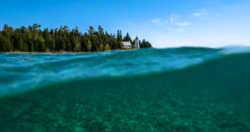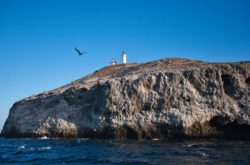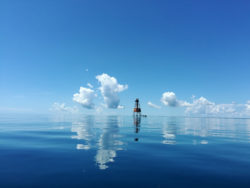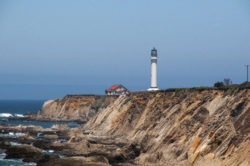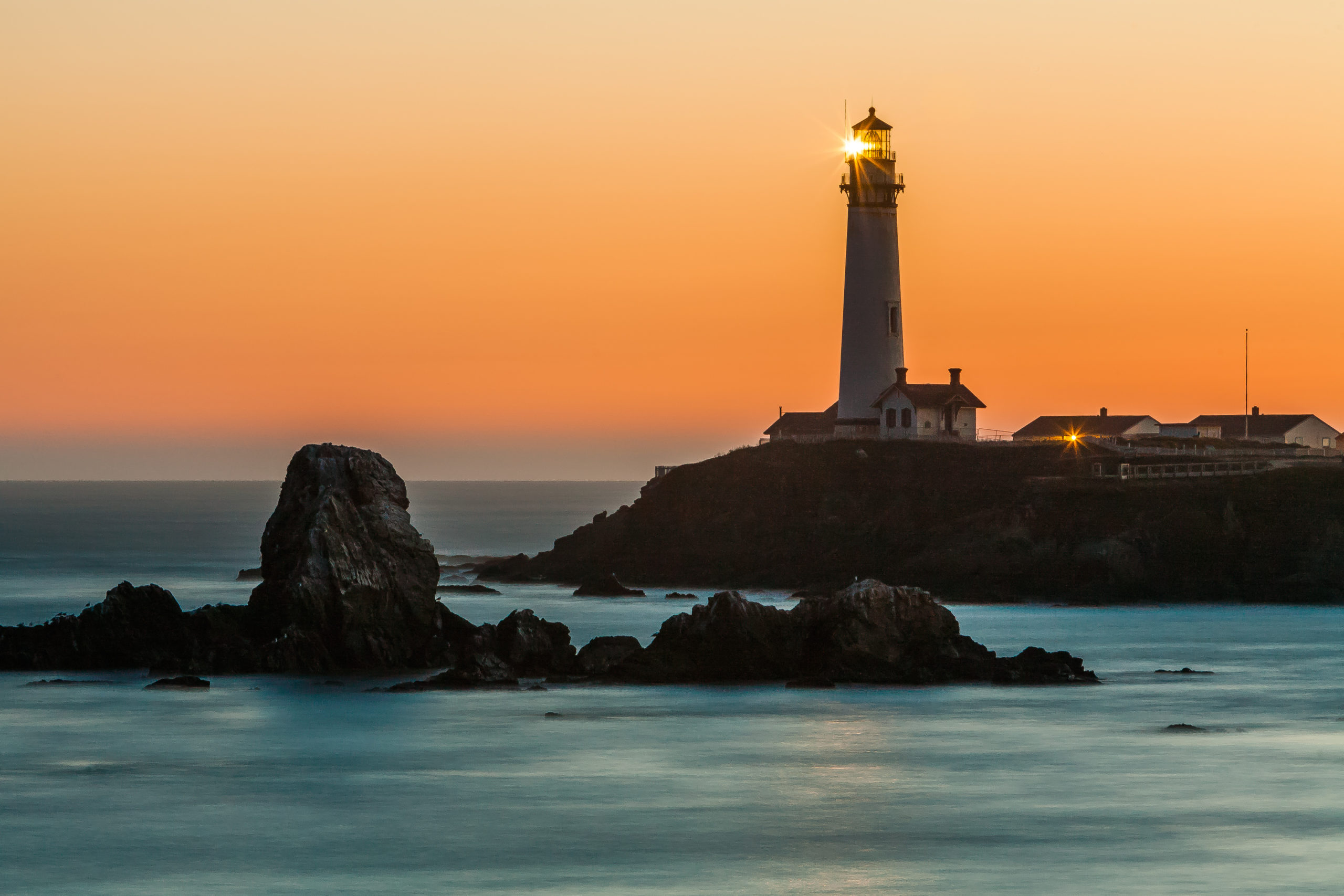
A Brief History of America’s Lighthouses
Lighthouses all over the world are iconic symbols of hope, resiliency, and safety. They stand resolute in all kinds of natural and built environments — from bustling cities to remote rocky shores — and often reflect the aesthetics and culture of their surrounding communities. For hundreds of years, these towers and their beacons made maritime exploration, trade, and travel possible. Their presence and light guides vessels in and out of harbors by warning mariners of the approaching coast, shallow waters, rocky terrain, and other hazards to ships.
The first lighthouse erected in the United States was the Boston Light, finished in the year 1716 and located on Little Brewster Island in the Boston Harbor. Toward the end of the Revolutionary War, the British all but destroyed the Boston Light but it was restored in 1783. According to the National Park Service, the Boston Light is our nation’s oldest continually used and the last remaining staffed lighthouse in America.
In 1789, the First United States Congress passed the Lighthouses Act to promote trade and commerce in the newly-established nation and extended federal control and funding to lighthouses that were previously administered by individual states. The Lighthouses Act was the first public works program to install lighthouses and other navigational aids like beacons on dangerous points of the nation’s coastlines as a way to make sailing activities safer. This bill was of such importance to Congress, they passed it before passing legislation that established pay for Members of Congress.
By the end of the 19th century, America had lighthouses on every coast and on the Great Lakes and technology evolved to include fog signals, radio beacons, and other advances. Unfortunately, even with improvements, lighthouses were not perfect solutions and vessel groundings still occurred as a result of poor positioning accuracy. Supplementary technology like unlit reef beacons used in the Florida Keys were also used to assist ships in navigating tricky waters and weather conditions before the invention of GPS and other modern navigational tools. Now, newer technology assists lighthouses in guiding mariners such as GPS, nautical charts, radar beacons, and telecommunications and as a result, maritime navigation is safer than ever.
Luckily, the addition of modern technology hasn’t made lighthouses a thing of the past. These landmarks help residents and tourists alike learn about America’s seafaring history and the histories of the communities near which they stand, attract tourism activities, and serve as important cultural symbols.
Sites across the National Marine Sanctuary System include or are near some pretty incredible lighthouses, many of which are open to the public for visitation. Here are a few:
Monterey Bay National Marine Sanctuary 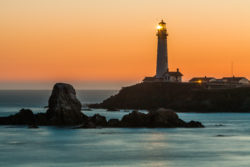
Thunder Bay National Marine Sanctuary
Old Presque Isle (which continues to serve as navigational aids to commercial and recreational vessels)
Channel Islands National Marine Sanctuary
 Florida Keys National Marine Sanctuary
Florida Keys National Marine Sanctuary
 Greater Farallones National Marine Sanctuary
Greater Farallones National Marine Sanctuary

